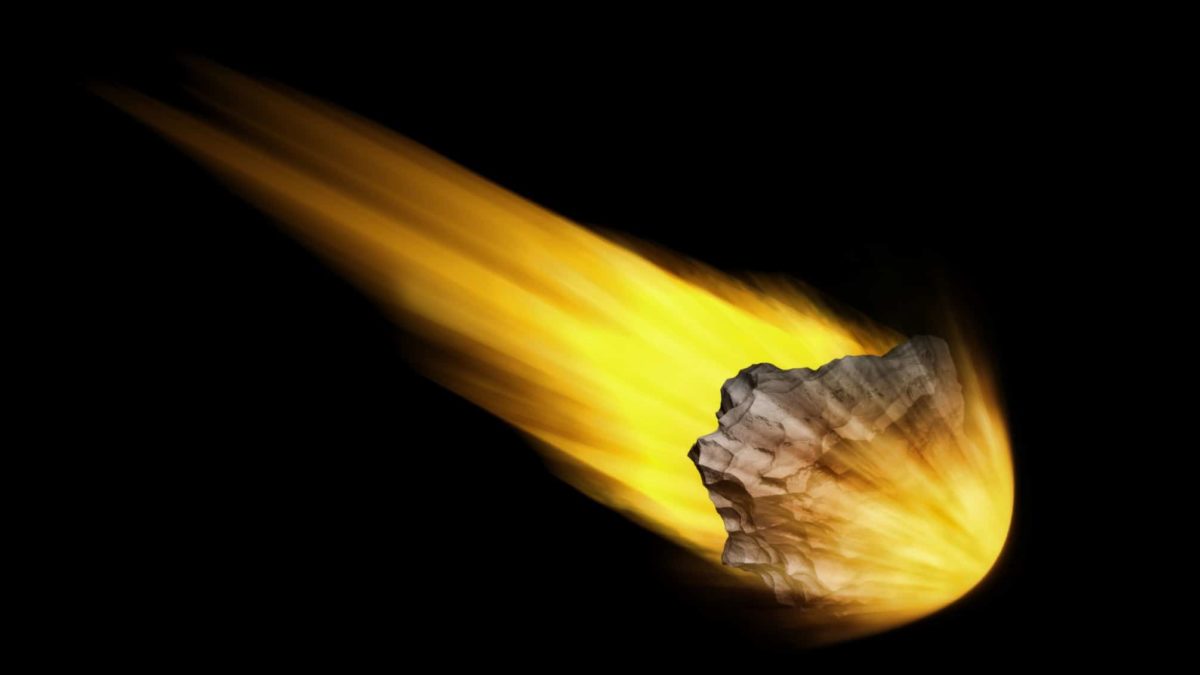The Rio Tinto Limited (ASX: RIO) share price suffered in October. It went backwards by 5.6%. But that was in stark contrast to the S&P/ASX 200 Index (ASX: XJO) which climbed by 6%.
Why was there such a difference in the performance?
Well, first let's consider the ASX 200.
The index's movements are decided by the underlying constituents. A key reason for the gain of the ASX 200 was the movements of the big banks.
In October 2022, the Commonwealth Bank of Australia (ASX: CBA) share price climbed by 15.4%, the National Australia Bank Ltd (ASX: NAB) share price grew by 12.5%, the Westpac Banking Corp (ASX: WBC) share price rose by 16.8% and the Australia and New Zealand Banking Group Ltd (ASX: ANZ) share price climbed 12.1%.
That may explain why the ASX 200 did well, but what about Rio Tinto?
Rio Tinto's eventful month
During the month, Rio Tinto announced that it had agreed to modernise its joint venture with Wright Prospecting, which covers the Rhodes Ridge project in Western Australia. This project is reportedly home to one of the world's largest and highest-quality undeveloped iron ore deposits. This updated an existing agreement dating back to 1972.
The initial plant capacity could have up to 40 million tonnes annually, subject to the receipt of relevant approvals.
Rio Tinto also issued a letter to Turquoise Hill shareholders – this is a business that partly owns the large copper mining project in Mongolia. The ASX mining share confirmed that its offer of C$43 in cash was its "best and final offer". That offer represented a premium of 67% compared to the share price immediately before its proposal.
The mining blue chip also announced its quarterly production for the three months to September 2022 (which was Rio Tinto's 2022 third quarter).
It said that it produced 84.3 million tonnes (mt) of iron ore over the quarter, which was 7% more than the second quarter of 2022.
Aluminium production was 759kt, an increase of 4% over the 2022 second quarter.
Mined copper production was 138kt, this was a rise of 9% compared to the second quarter of 2022.
Rio Tinto also noted that it has approved growth capital for underground mining at Kennecott, early works funding for the Rincon lithium project and that it continues to progress Oyu Tolgoi.
So, what went wrong?
Perhaps unsurprisingly, what's usually the biggest influence on the Rio Tinto share price is movements in resource prices, particularly the iron ore price.
According to Commsec, the iron ore price had dropped to around US$92.43 at the end of the month. It was down from around US$98 at the start of the month. In other words, the drop in the Rio Tinto share price was fairly similar to the decline in the iron ore price.
As China is the biggest customer of Australian iron ore, changes in demand – and expectations of future demand – may have the biggest impact on Rio Tinto's earnings.







